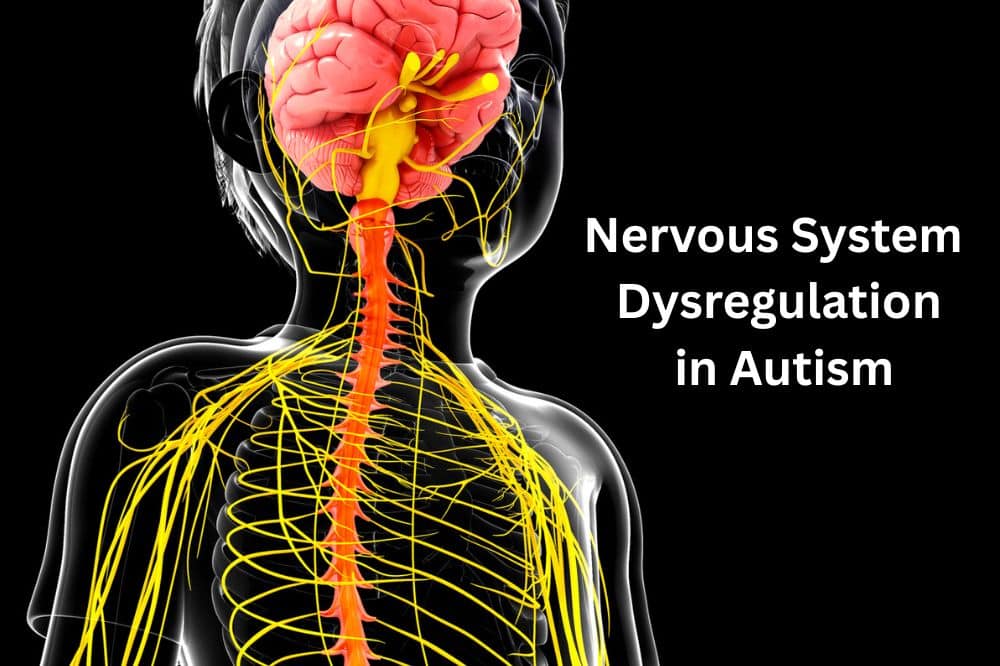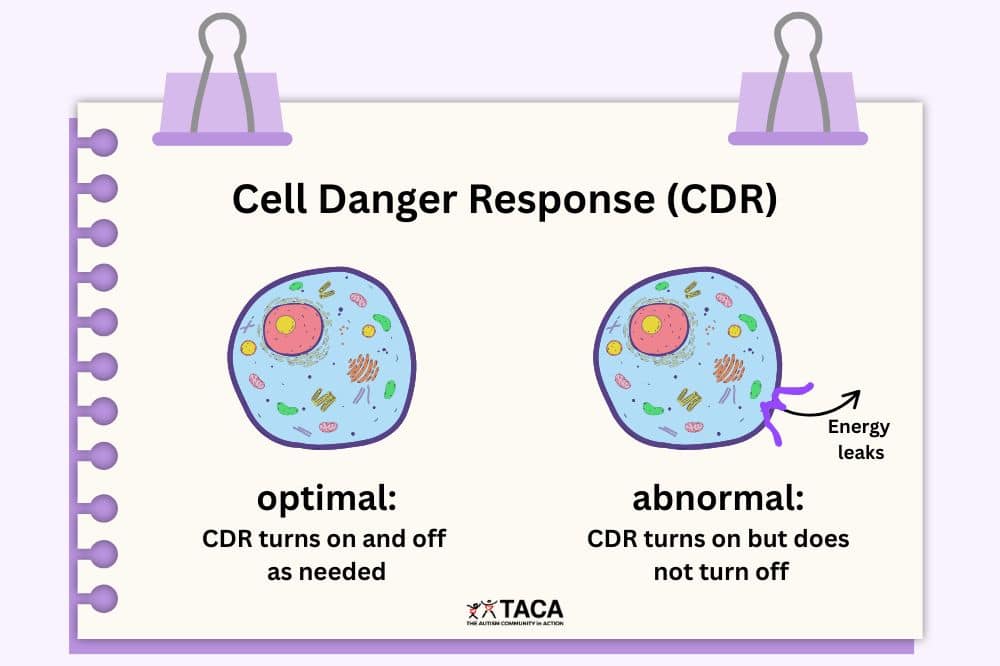Presuming Competence in Autism

All contents of this resource were created for informational purposes only and are not intended to be a substitute for professional advice, diagnosis, or treatment. Always seek the advice of your physician, therapist, or other qualified health providers with any questions or concerns you may have.
Presuming competence means valuing all people, including those with autism, as whole individuals with the right to express their thoughts, feelings, and opinions. For individuals with autism, this includes the right to communicate, the right to be treated their age, to have their views and feelings respected, and to be involved in decisions about their lives, large or small. This article covers ways and things to consider when presuming competence in your loved one with autism.
Speak Directly to the Person and in an Age-Appropriate Manner
- Presume that everyone can understand what is being said.
- Do not talk down to people with autism.
- Do not use baby talk or a baby voice.
Avoid Using Functioning Labels Like “Low Functioning” or “High Functioning”
- Autism is a spectrum of needs and abilities that may change daily.
- There is no official diagnosis of autism that includes functioning labels.
- The DSM-5 addresses the levels of support needed.
- Many people diagnosed with autism have splinter skills, meaning they are very good at some things and need help in other areas. Therefore, it is inappropriate to classify a person as high or low functioning.
- In people’s minds, “high functioning” is a way of saying “intelligent” or “verbal.” However, this implies that someone with “low functioning autism” is not intelligent. As parents, we know that our children with autism are intelligent humans that deserve the same rights as everyone else. “Low functioning” lets uninformed people brush off the individual as less than a whole person.
- Focus on your child’s abilities and where they need support when you need to give a brief description. This will give a clearer understanding of your child and their needs.
- For example: Communicates through AAC, needs continuous support for daily living and safety.
Teach and Allow People to Communicate More Than Just Basic Needs
- Of course, all people have the right to express their wants, desires, dislikes, and opinions.
- Talk to your speech therapist and school about expanding goals to include communicating more than basic needs.
- Non-speaking individuals should be given access to, and trained on their preferred mode of communication.
- People use a variety of communication methods. They should have the option to choose their preferred method. The method may change depending on the situation.
- Read TACA’s article on Obtaining Funding for an AAC Device.
Include all People in Conversations
- Undoubtedly, everyone deserves to be included in conversations.
- Often, people with autism need more processing time to listen and respond.
- Furthermore, give Augmentative and Alternative Communication (AAC) users time to respond.
- In addition, look for clues that a person is trying to communicate and acknowledge them.
Include the Person in Decisions About Their Life
- Above all, people with autism have their own goals and dreams.
- Structure school and therapy office meetings so that the person being discussed is in attendance and, most importantly, given the opportunity to provide input.
- Likewise, ask for a meeting agenda or list of questions before the meeting so the person with autism can think about what they want and prepare to communicate that to the other team members.
- Learn more about public school transition meetings.
Explain why a Person is Being Asked to do Something

- This can be particularly important at doctor or therapy visits.
- No one should be expected to perform tasks or allow others to examine them without understanding why it is happening.
- Most importantly, you do not want your child to do anything anyone tells them to do without question. Inadvertently, that could create a situation where they are easily taken advantage of. Instead, explain why and respect when your child says “no.”
Never Touch a Person Without Their Permission
- Again, your child needs to learn why and how to give consent for touch.
- Read TACA’s article Risk Reduction Strategies for Physical and Sexual Abuse.
- Doctors and therapists should explain how and why they are going to touch someone’s body before doing it.
- Do not force children to hug others if they do not want to.
Ask Permission Before Sharing Personal Information, Pictures, or Videos
- Social media makes it easy to share our lives with hundreds, if not thousands of people. Presume competence and ask for consent before sharing something about someone else, especially if it could be upsetting or embarrassing.
- If your child does not have the communication skills yet to consent, it is helpful to consider, “would I want a friend or family member to share this about me?”
- Don’t forget; the internet lives forever. If your child has their own social media accounts one day, they will be able to see previous posts from you.
- Furthermore, if they are tagged in a post, future employers may be able to see that content.
- However, there are times that professionals need to see a picture or video to help inform a treatment plan. There is a reason for sharing that information, and it is done privately.
Use Age-Appropriate Reinforcers and Entertainment
- Many children with autism have comfort items or preferred television shows that are not age-appropriate anymore. THAT IS OK! Never take away something that provides comfort to your child. Instead, keep that item or show while slowly introducing new toys and entertainment.
- Additionally, you can work with therapists on a plan to gently fade out toys and characters.
- Work with therapists to teach your child how to play with more appropriate toys or games.
- Typically, therapists and schools will use reinforcers to motivate a child to a non-preferred task.
- If needed, remind professionals that presuming competence includes offering age-appropriate reinforcing items.
Always Ask Someone Before Providing Assistance
- Do not assume that a person with autism can or cannot do something.
- When in doubt, ask!
Avoid Stereotypes or Overgeneralizations About People and Their Abilities
- Remember that everyone is an individual. Do not assume something just because of a label.
- For example:
- All boys with autism are obsessed with trains.
- All girls with autism are quiet rule followers.
- If a person cannot speak, they cannot understand what is being said.
- If a person with autism doesn’t respond immediately, they don’t care about what is happening.
- They “seem” happy.
Expectations Matter

- Expectations are what we think we or someone else can do.
- Consequently, the higher the expectations, the more likely we will try new things and work to accomplish goals.
- Presuming competence accepts a desire for growth and development.
- If parents, teachers, and professionals have low expectations, then why would someone strive to do more? They are meeting expectations already.
- To clarify, frame expectations positively. Remember, you haven’t achieved your goal YET.
Conclusion
In summary, presuming competence is a fundamental human right. Certainly, all people want a voice and autonomy over their own lives. As parents, we need to advocate for our children’s rights and, eventually, teach our children with autism to self-advocate. Hopefully, professionals know to presume competence. However, the parents must model and insist on respectful, age-appropriate interactions.




